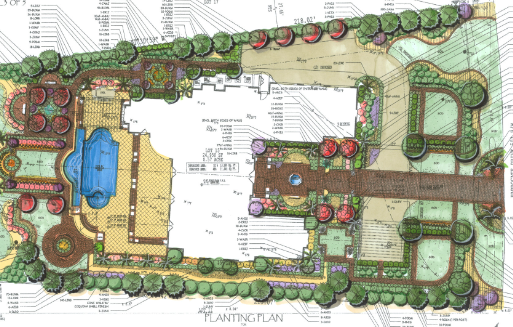Landscape architecture is an essential discipline that intertwines art, ecology, and urban planning to create beautiful and functional outdoor spaces. As urban environments grow and evolve, landscape architecture becomes increasingly relevant in designing sustainable and enjoyable places for communities. In this article, we’ll explore some key aspects of landscape architecture, highlighting its importance and impact on our surroundings.
Understanding the Role of Landscape Architects
Landscape architects play a vital role in shaping public spaces, parks, gardens, and even commercial developments. They blend creativity and technical knowledge to design areas that meet the needs of both people and the environment. Utilizing principles from horticulture, environmental science, and social psychology, these professionals create spaces that foster community engagement and enhance well-being. By prioritizing sustainability, they help mitigate environmental challenges, ensuring that outdoor spaces are not only aesthetically pleasing but also support biodiversity and ecological balance.
Sustainable Practices in Landscape Architecture
Sustainability is at the forefront of modern landscape architecture. Designers now incorporate green spaces that enhance urban ecosystems while addressing climate change challenges. This includes using native plants, which require less maintenance and water, and implementing rain gardens to manage stormwater runoff effectively. Innovative practices like green roofs and permeable pavements are also gaining popularity, allowing cities to absorb more rainwater and reduce urban heat. By embracing these sustainable methods, landscape architects contribute to healthier, more resilient communities that thrive in harmony with nature.
The Aesthetic Impact of Landscape Design
Beyond functionality, landscape architecture aims to create visually appealing environments that evoke emotional responses. Thoughtfully designed landscapes can transform ordinary spaces into extraordinary experiences. By considering factors such as color, texture, and seasonal changes, landscape architects craft settings that delight and inspire. Public art installations, interactive elements, and well-defined pathways enhance user experience, encouraging people to connect with their surroundings. Ultimately, a well-designed landscape becomes a cherished community asset that promotes social interaction, wellbeing, and a sense of place.
In conclusion, landscape architecture significantly influences our lives and environments, promoting sustainability while enhancing the beauty of our communities. Whether you’re considering a career in this field or simply want to appreciate the green spaces around you, understanding landscape architecture can deepen your connection to nature and the art of outdoor design. Start exploring today, and discover how you can engage with and appreciate the stunning landscapes in your own community!

